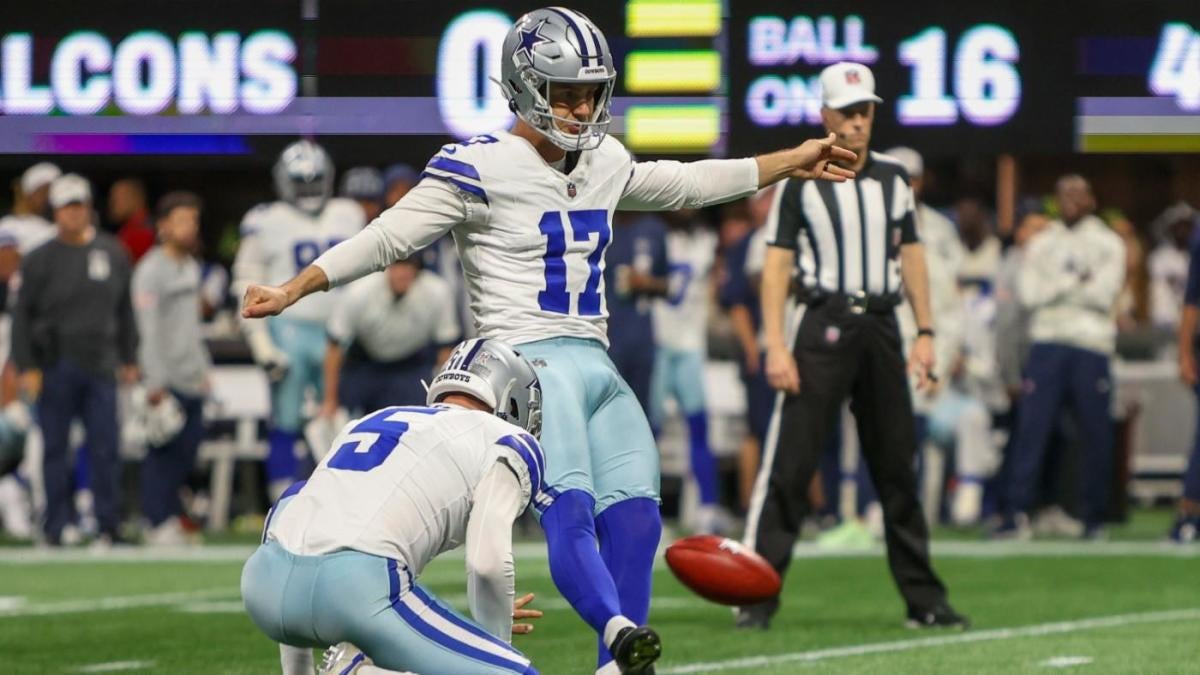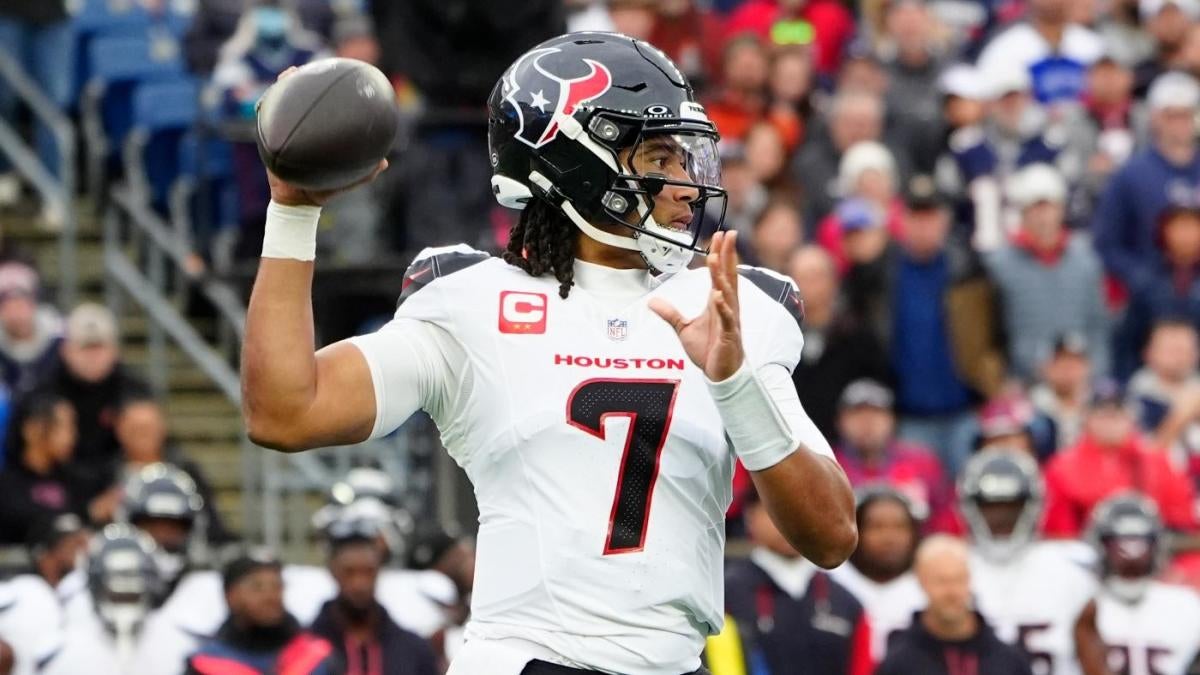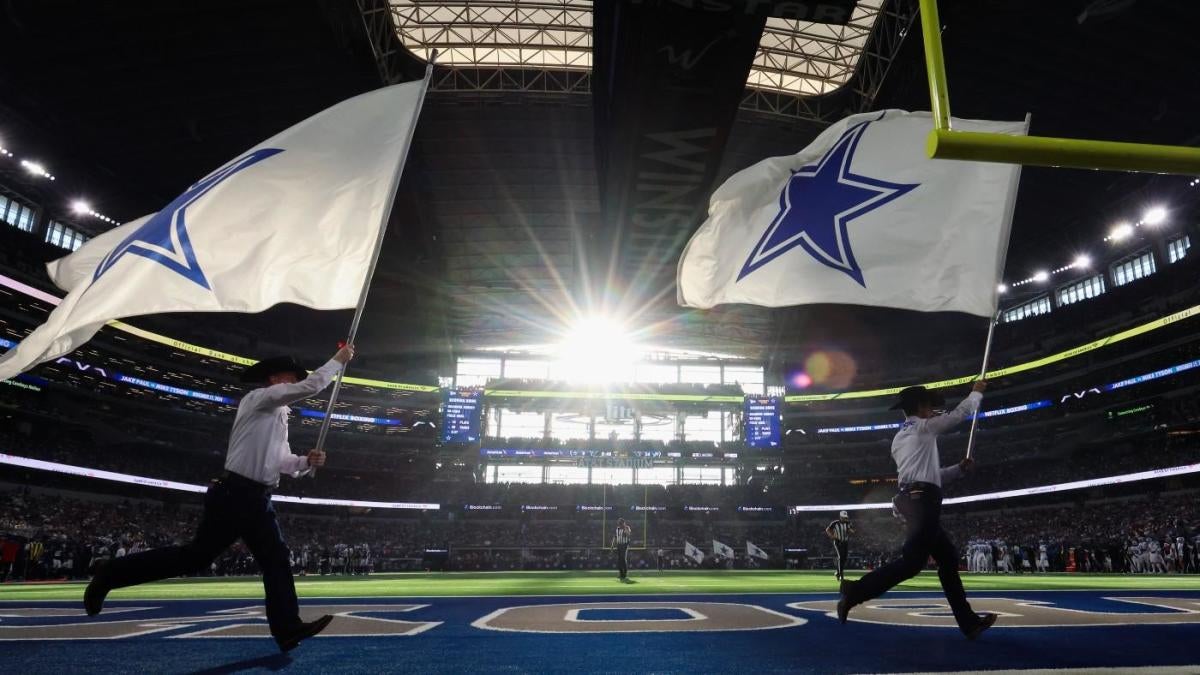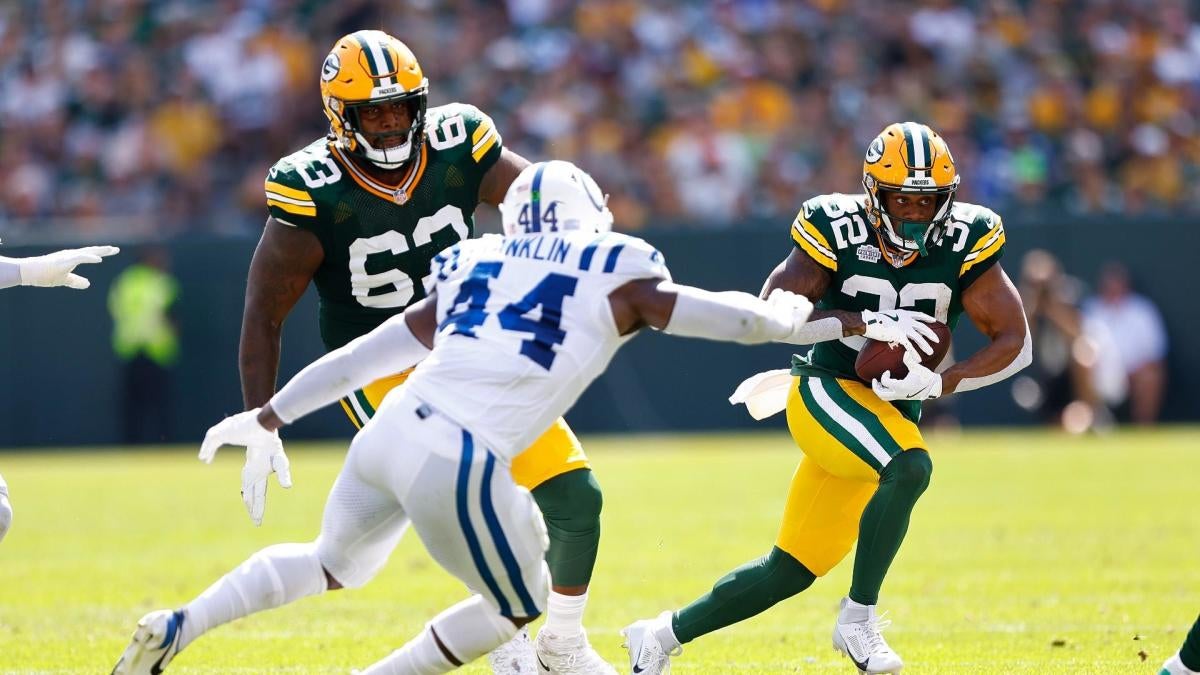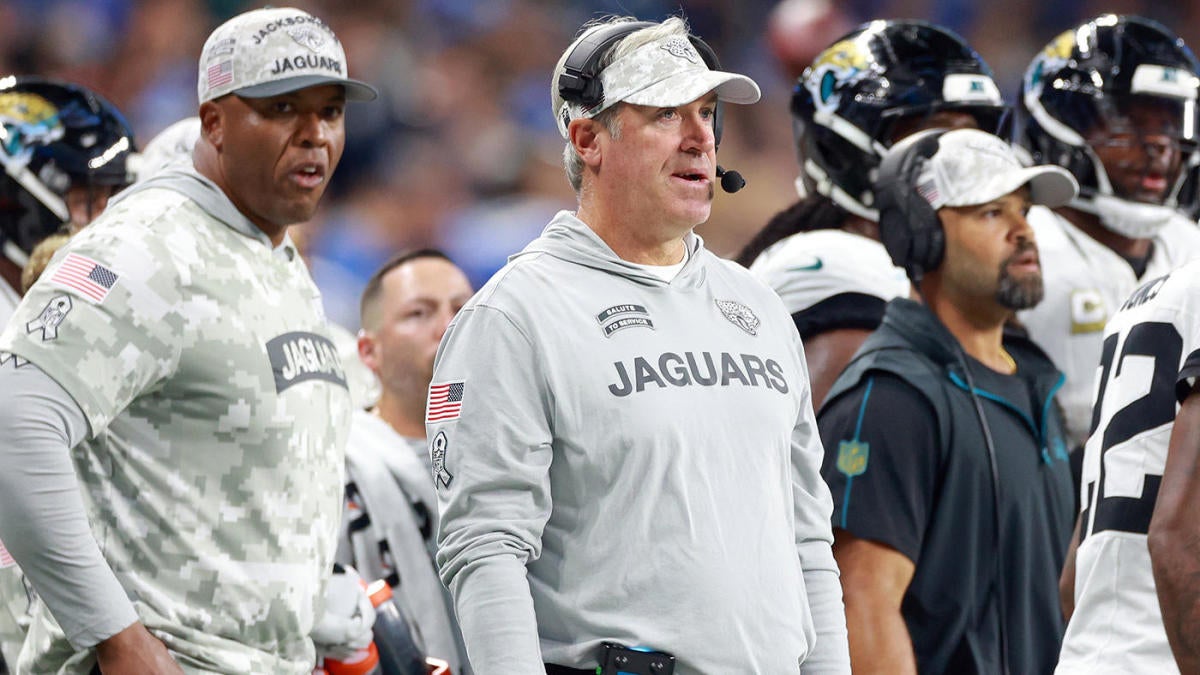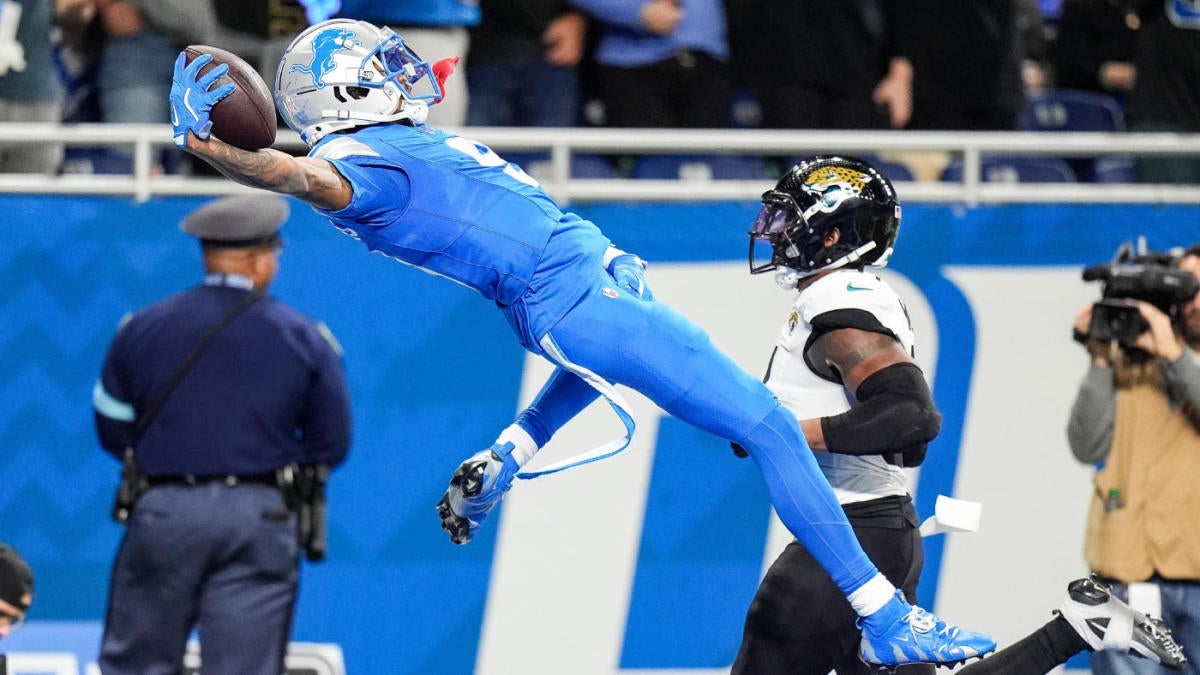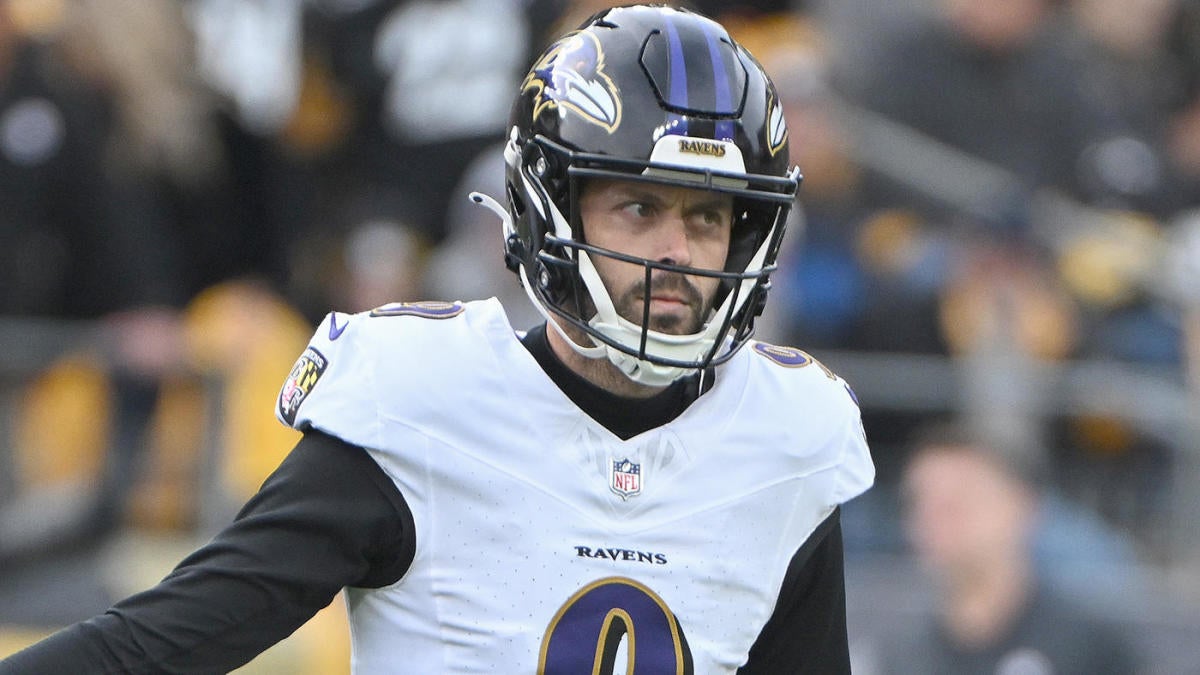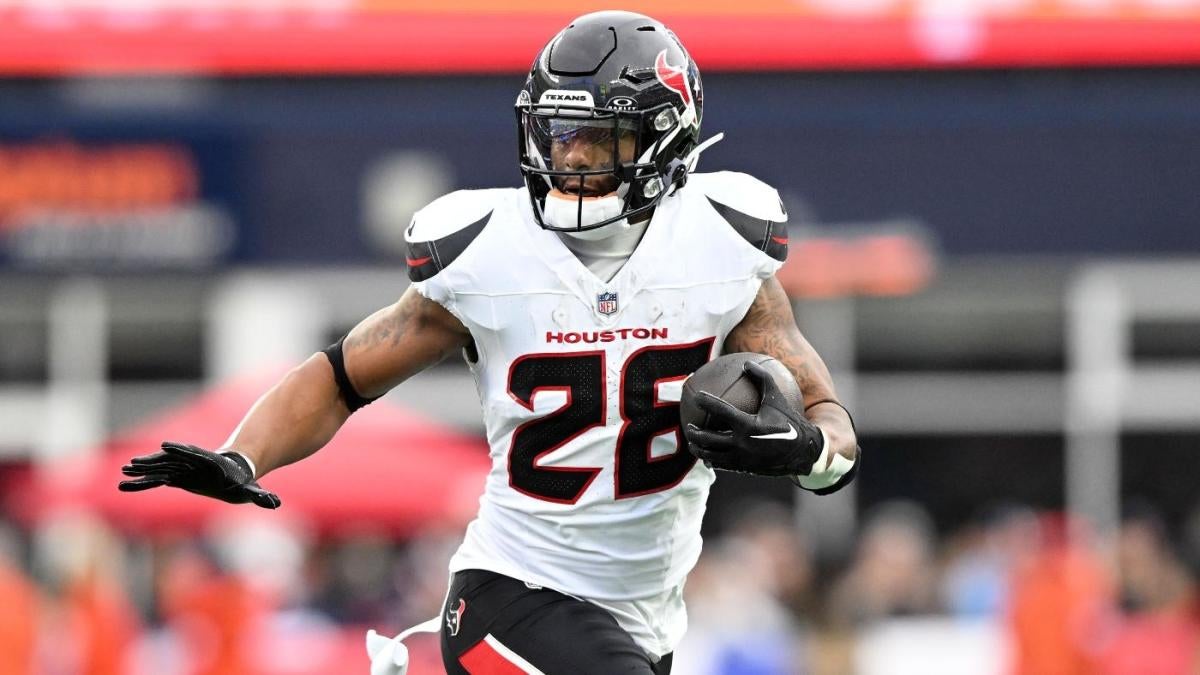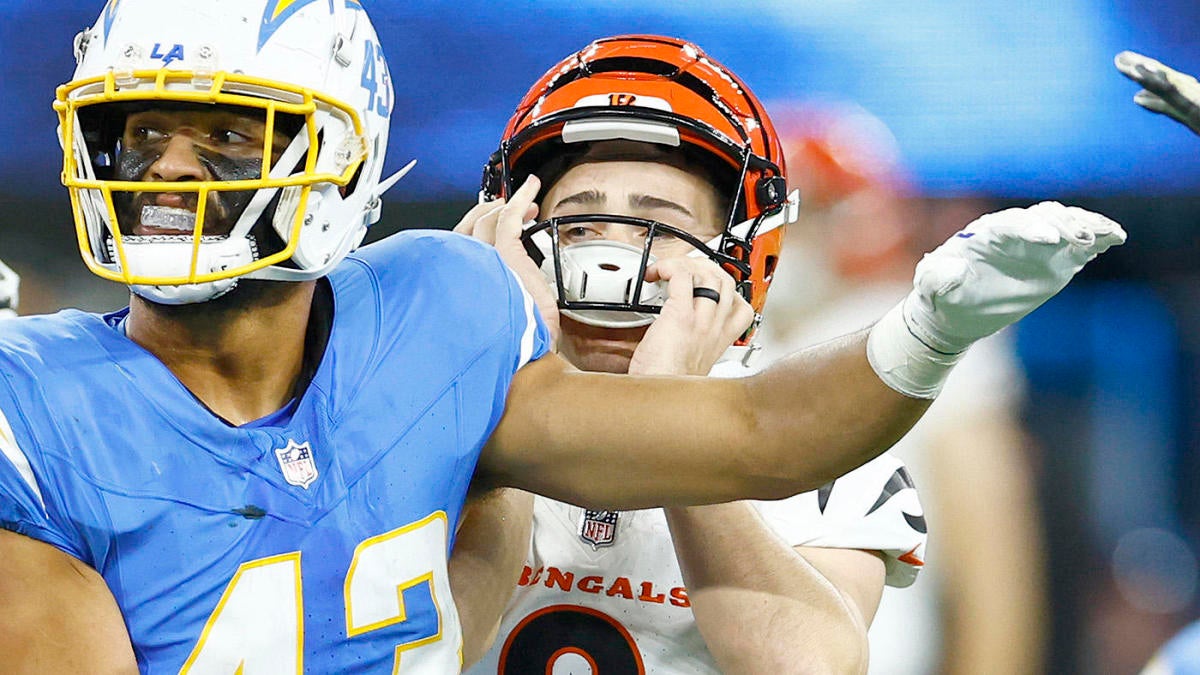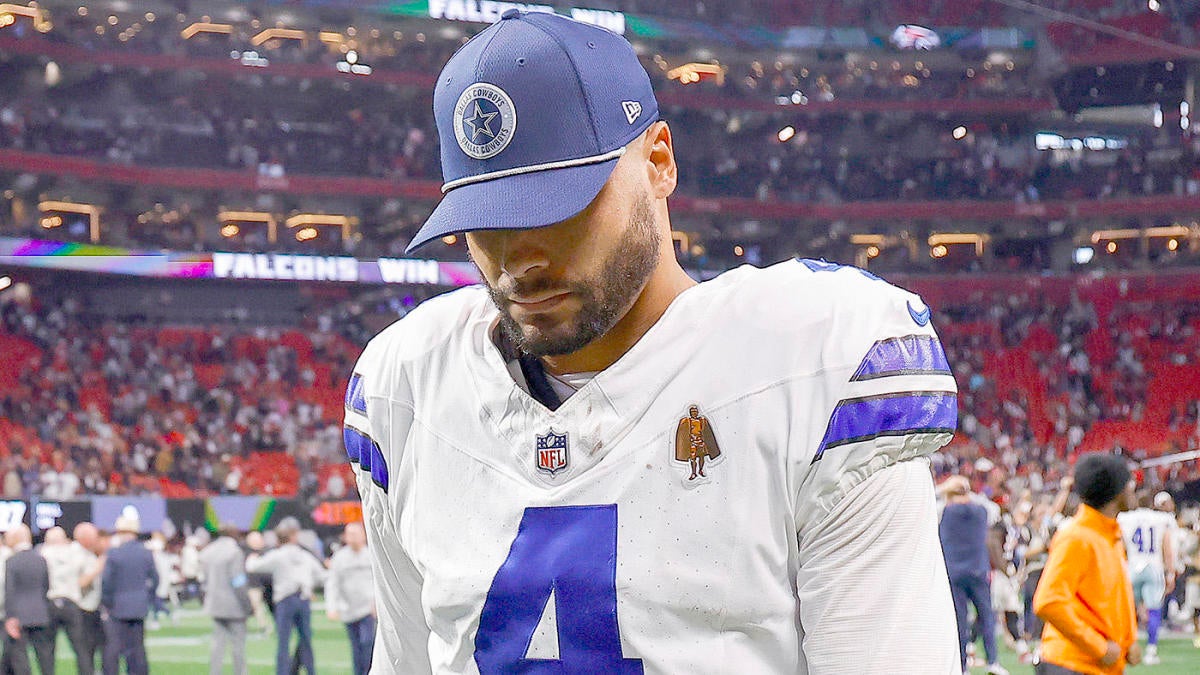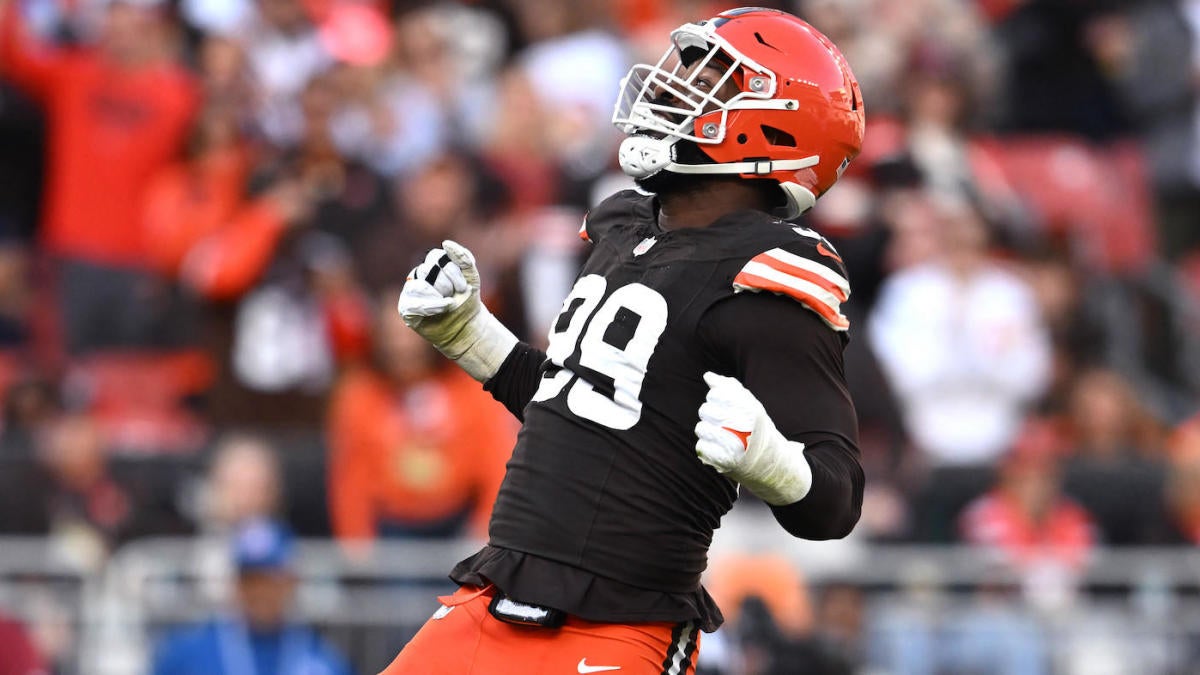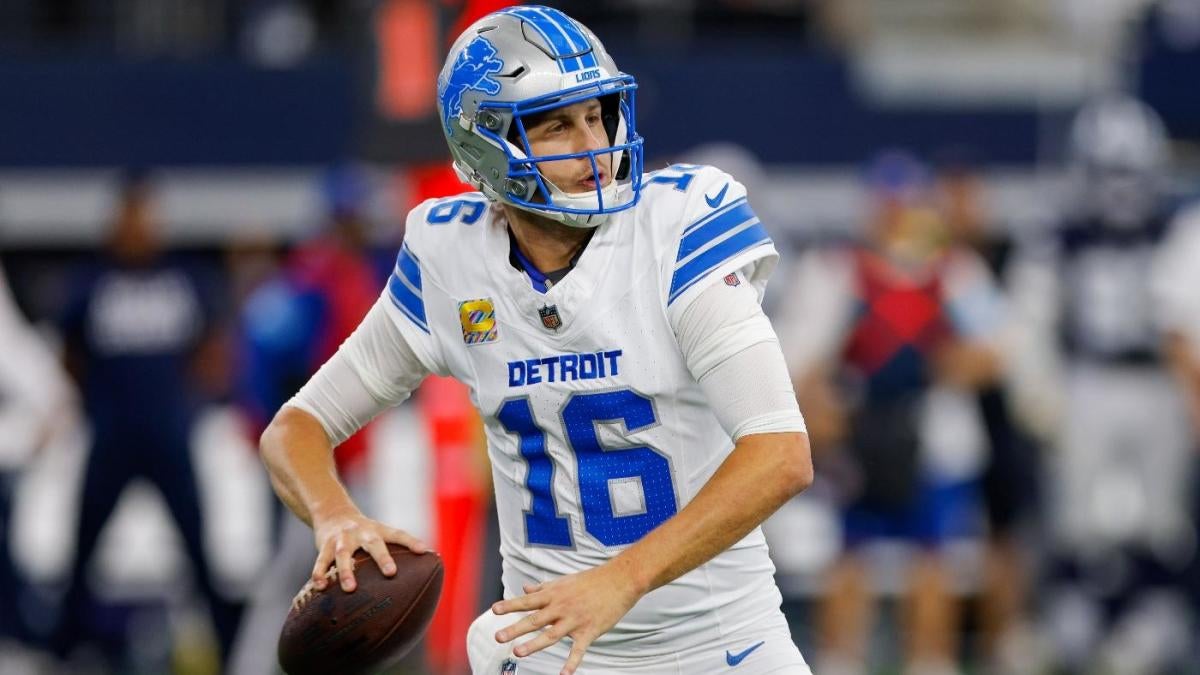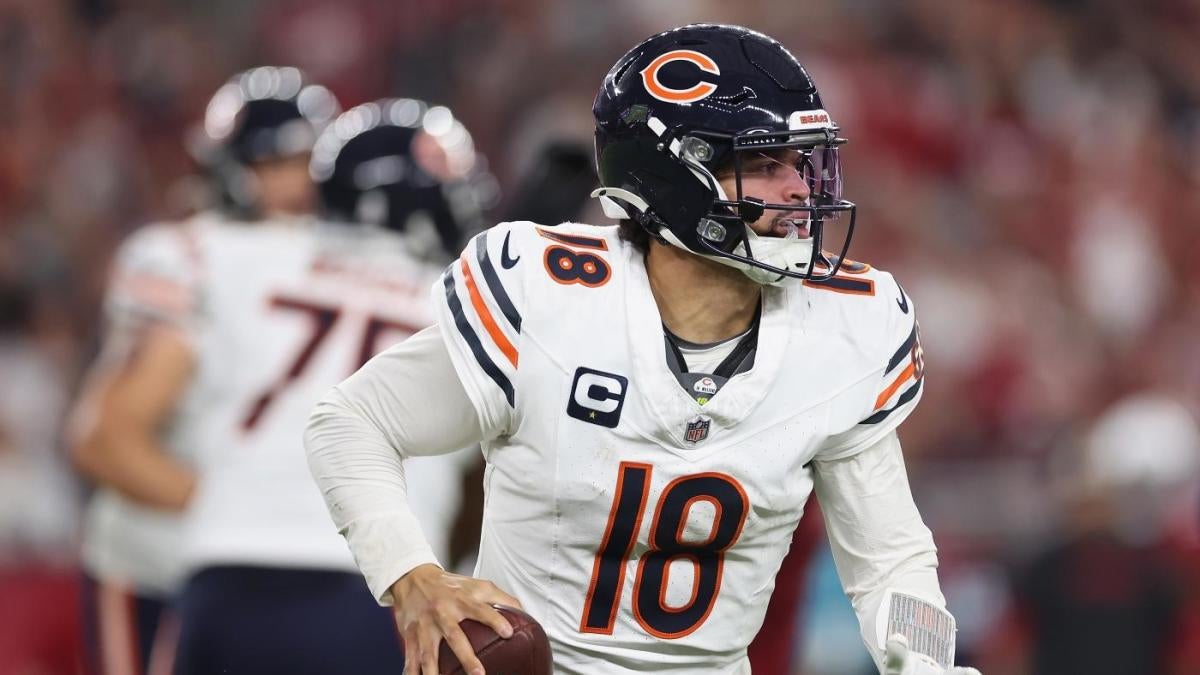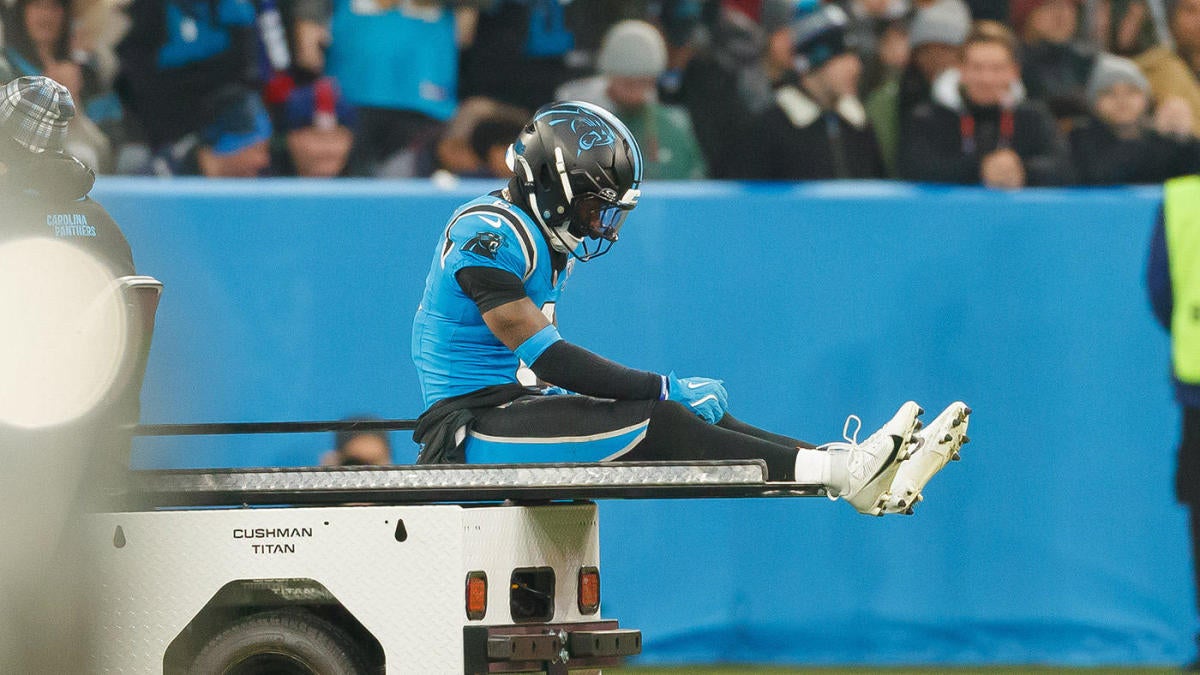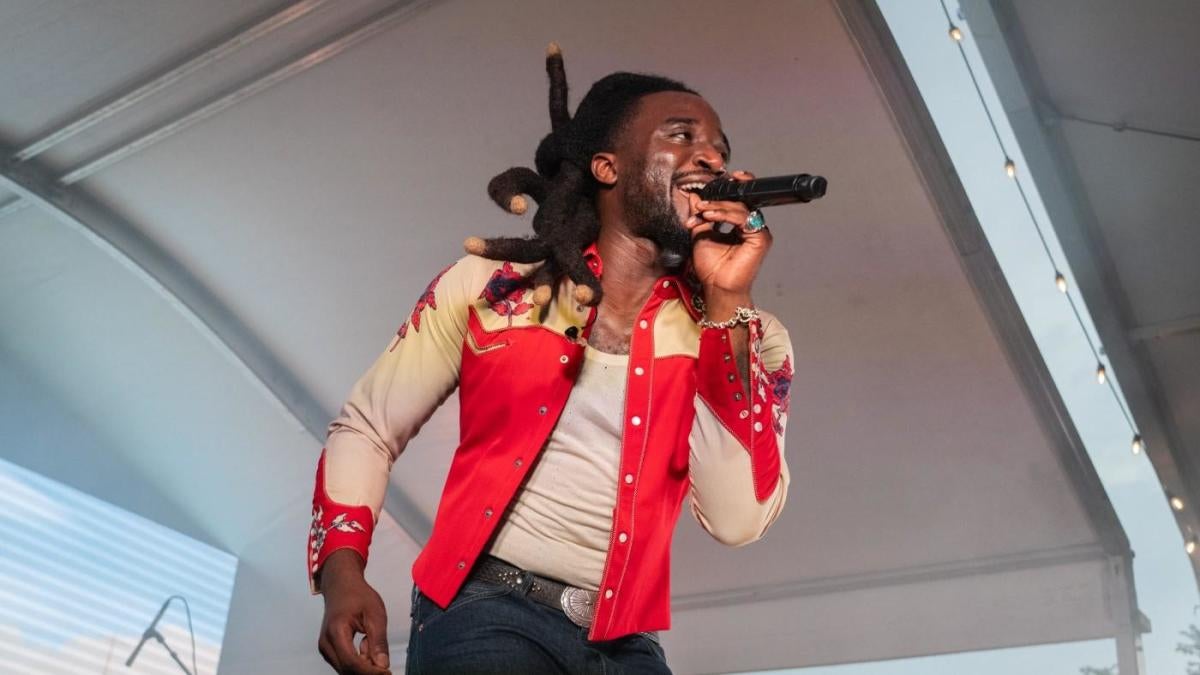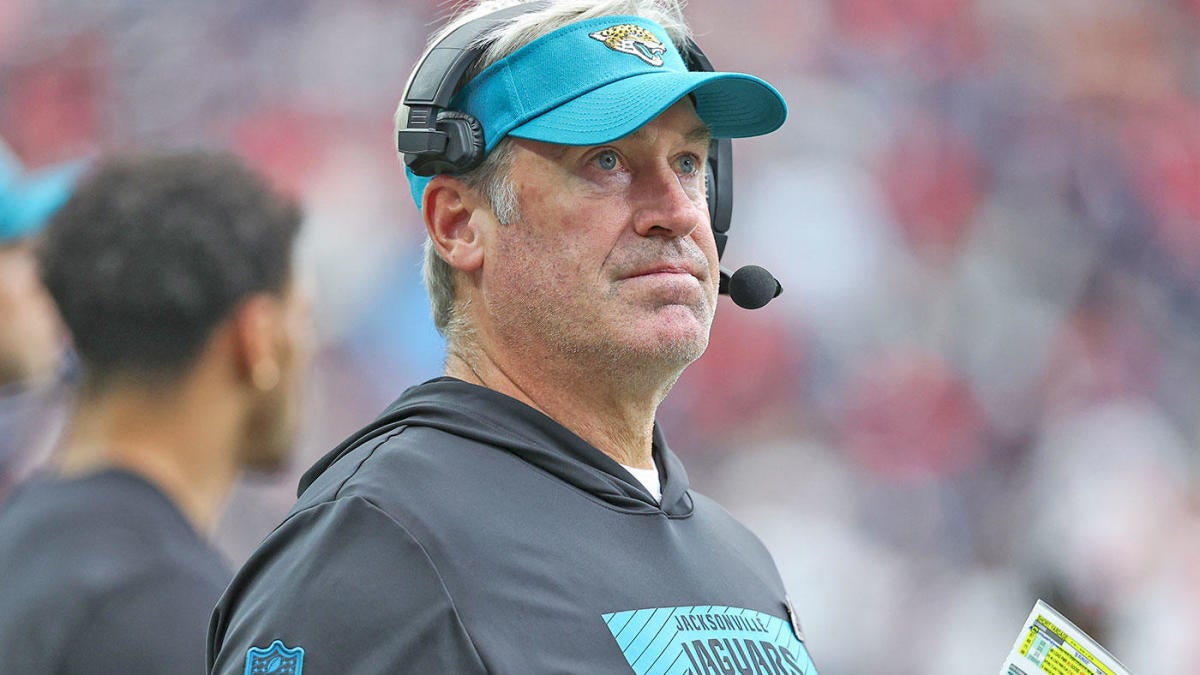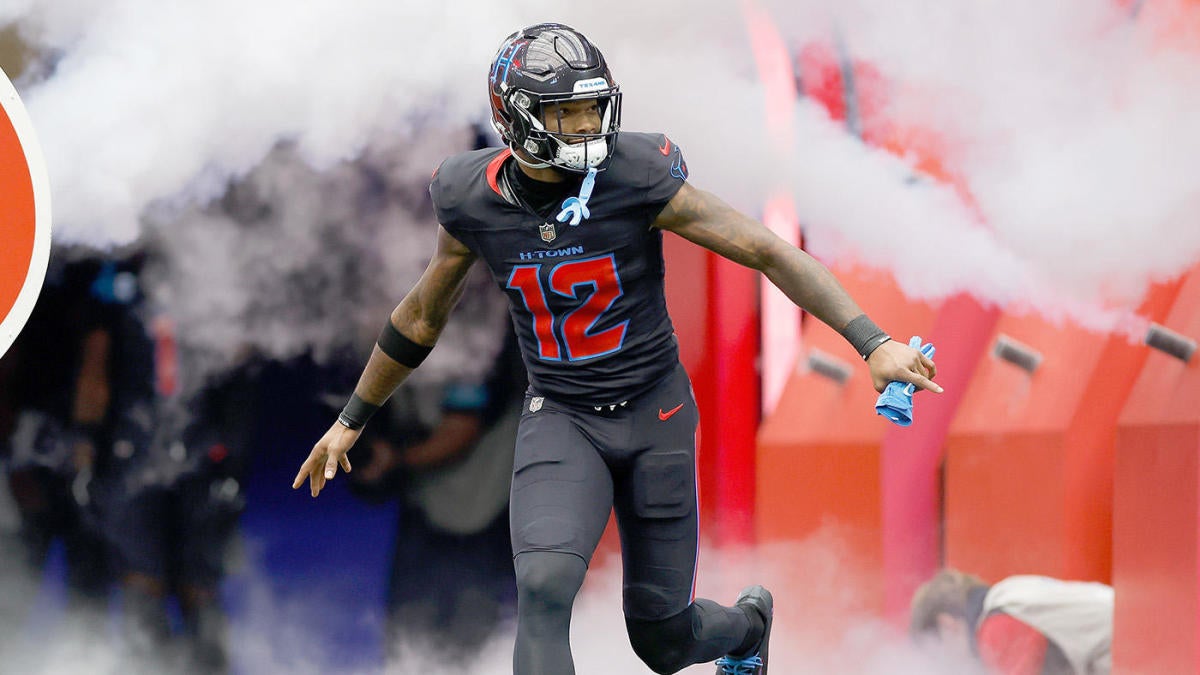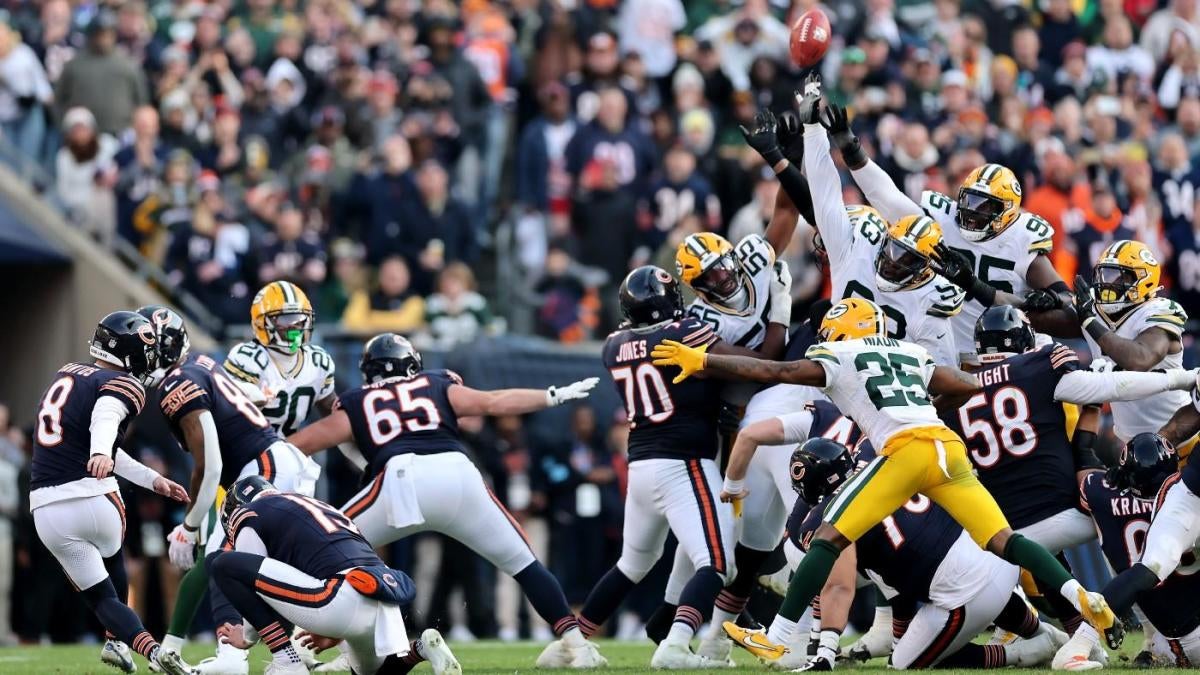Since the dawn of the NFL Draft in 1936, there have only been four instances in which five different quarterbacks came off the board in the first round. All four occasions, however, have come in the past 40 years, and two have come in the last five years alone. The 2023 class is now shaping up to be the fifth, according to former Vikings general manager Rick Spielman.
Previewing this year’s draft on CBS Sports’ “With the First Pick” podcast, Spielman and draft expert Ryan Wilson believe there’s a drastic drop-off between Tennessee’s Hendon Hooker, a consensus top-five QB prospect, and the logical post-Round 1 options. While Hooker is already 25 and coming off injury, he’s become an increasingly popular Day 1 projection, alongside Alabama’s Bryce Young, Ohio State’s C.J. Stroud, Florida’s Anthony Richardson and Kentucky’s Will Levis.
Let’s suppose, for a moment, that all five do become first-round picks on April 27. It’s certainly not an unreasonable expectation, with more than a dozen NFL teams potentially in search of help under center. What can the other abundant QB classes teach us about 2023’s anticipated crop? Let’s review those historic drafts, plus explore some takeaways:
Note: An asterisk (*) denotes a pick acquired via trade.
For more draft content, check out our latest prospect rankings and mock drafts, as well as our new weekly podcast, “With the First Pick,” featuring former Vikings general manager Rick Spielman. (Check out the latest episode below.)
2021
2018
1999
| Pick | QB | Team | College |
|---|---|---|---|
1 | Tim Couch | Browns | Kentucky |
2 | Donovan McNabb | Syracuse | |
3 | Akili Smith | Oregon | |
11* | Daunte Culpepper | Vikings | UCF |
12* | Cade McNown | Bears | UCLA |
1983
| Pick | QB | Team | College |
|---|---|---|---|
1 | John Elway | Stanford | |
7 | Todd Blackledge | Penn State | |
14* | Jim Kelly | Bills | Miami |
15 | Tony Eason | Patriots | Illinois |
24 | Ken O’Brien | Jets | UC Davis |
27 | Dan Marino | Pittsburgh |
Takeaways
Strictly considering this sample size of first-round QB classes, here are the logical conclusions we can draw:
1. Multiple QB picks will likely be acquired via trade
All four of the five-QB classes featured at least one pick that didn’t belong to its original team, and three of the four — as well as each of the last two — featured multiple traded picks. Here’s a summary of those trades:
- 2021: 49ers traded with Dolphins (No. 12 to No. 3 for Trey Lance)
- 2021: Bears traded with Giants (No. 20 to No. 11 for Justin Fields)
- 2018: Jets traded with Colts (No. 6 to No. 3 for Sam Darnold)
- 2018: Bills traded with Buccaneers (No. 12 to No. 7 for Josh Allen)
- 2018: Ravens traded with Eagles (No. 52 to No. 32 for Lamar Jackson)
- 1999: Vikings traded with Washington (acquiring No. 11 for Daunte Culpepper)
- 1999: Bears traded with Washington (No. 7 to No. 12 for Cade McNown)
- 1983: Bills traded with Browns (acquiring No. 14 for Jim Kelly)
The top pick in the 1983 draft, future Hall of Famer John Elway, could also be included with an asterisk here; refusing to play for the Colts, who relocated from Baltimore to Indianapolis a year later, Elway was traded to the Broncos days after the draft.
All that said, odds are multiple teams destined to land a 2023 QB will move around to do so — and likely upward. The Panthers have already all but guaranteed we’ll get one QB-pick trade this year, acquiring the No. 1 selection from the Bears. But history suggests they won’t be alone: all but one of the trades listed above was a move to earlier in the first round, with the lone exception being the Bears’ deal that netted McNown. Three of the last four trades that netted first-round QBs, meanwhile, involved moves inside the top 10. We’re bound to see another this month.
2. Veteran QBs won’t stop a team from trading up
We tend to overvalue veteran QBs who aren’t among the NFL’s few “untouchable” stars at the position, underrating the possibility that a team with an established starter will spend premium resources on a potential replacement.
- In Dec. 2020, less than a year after Jimmy Garoppolo led the 49ers to a Super Bowl appearance, coach Kyle Shanahan endorsed the vet as his starter for the coming season. Three months later, with Garoppolo secured on a $137.5 million contract, the 49ers traded up for the pick that netted them Lance.
- In 2017, Ravens coach John Harbaugh urged fans to “stick with” former Super Bowl-winning QB Joe Flacco, who was under contract for another four years at the time. Months later, facing pressure to make the playoffs in 2018, Baltimore moved back into the first round for Jackson.
- In 1998, the Vikings got a career year from Randall Cunningham, who threw 34 touchdowns and led a 15-1 finish, as well as a trip to the NFC Championship Game. They also employed respected vet Brad Johnson as the No. 2. Months later, they dealt Johnson for the No. 11 pick that landed Culpepper.
These are but a few examples of a tried-and-true reality: it doesn’t matter how much a team is paying its current starter, or how much it celebrates said QB publicly. If there’s a real path to an upgrade and/or a higher-upside long-term option, it will be explored.
Just because we have obvious rebuilding suitors for top QBs this year (i.e. the Panthers, Texans) doesn’t mean we should discount more “stable” franchises like the Seahawks (current starter: Geno Smith), Lions (Jared Goff), Falcons (Desmond Ridder), Titans (Ryan Tannehill), Commanders (Sam Howell), Buccaneers (Baker Mayfield) and Vikings (Kirk Cousins) from also pursuing a splashy addition at the position.
3. At least one QB pick will become an MVP type
If you wanna stretch it even further, you might even say “borderline Hall of Famer.” Now this might not seem surprising considering there are five different QBs in each example; you’d hope that one of them hits! But recent history shows it’s far more likely to set your franchise back a half-decade when spending a Day 1 pick on a signal-caller. Yet every one of our five-QB classes has produced one, if not multiple, MVP winners or candidates — both official and otherwise.
The 1983 class, widely known for its unprecedented output of star QBs, is the outlier: Elway didn’t benefit the team that drafted him, but he retired as an all-time great after 16 seasons and two Super Bowl titles with Denver; Kelly secured his own Hall of Fame induction with four Super Bowl appearances over 11 seasons; and Marino owned the record books while guiding 10 playoff appearances as the face of the Dolphins.
But the other classes have also produced their own icons: McNabb (1999) is still the most accomplished QB in Eagles history, Culpepper (1999) briefly shined for the Vikings, and both Allen (2018) and Jackson (2018) are among today’s most dynamic dual threats. As for the most recent crop, 2021, Lawrence is on the verge of MVP stardom in Jacksonville, and Fields has flashed elite traits despite a poor setup in Chicago, while the jury is still out on both Mac Jones and Trey Lance.
All in all, it’s safe to anticipate at least one of this year’s top prospects will prove well worth the investment. Teams had just better be sure they’re picking the right one, or supporting whichever QB they take, because …
4. Multiple QB picks will be total misfires
If not immediately, then over time. This is the unfortunate reality of using a first-round pick on a QB — or any position, for that matter. Prospects are just that — prospects. And time and again, even the most hyped products of college football fail to take off at the pro level, for a multitude of reasons. The more QBs that go early, then, the more likely you are to end up with a dud.
Every single class offers evidence: Two years into his career, Wilson (2021) is already being replaced in New York — and by a nearly 40-year-old Aaron Rodgers, no less. Lance (2021) is a total unknown, playing just eight games in his first two seasons. Fields (2021), while electric on the ground, is still unproven as a passer. And Jones (2021) is trending downward after an injury- and turnover-riddled sophomore campaign in New England.
Mayfield (2018) brought moxie to Cleveland but lasted just four seasons, totaling 83 turnovers in 60 games. Darnold (2018) fell victim to a hapless Jets supporting cast and was traded three years in. And Rosen (2018) made it just one year in Arizona, folding behind a porous line. Couch (1999) played a single full season for Cleveland, throwing 67 picks in 62 games. Smith (1999) threw five career touchdowns and was out of the league after four years. And McNown (1999) made just 15 starts in two years.
Even in the vaunted class of 1983, Blackledge spent most of his Chiefs career coming off the bench. Both Eason and O’Brien had high points, but the former suffered a lopsided Super Bowl loss and started just 49 games in New England, while O’Brien finished with a 50-59-1 mark as the Jets’ QB1.
Poor circumstances are a steady factor in all of the disappointing first-round QB picks here. So if you’re a team hoping to avoid the next Day 1 bust, you’d be wise to ensure you’re affording your top pick at least competent protection and weapons. Easier said than done, sure, but vital nonetheless.
Go to Source
Author: Cody Benjamin
April 11, 2023 | 3:31 pm
